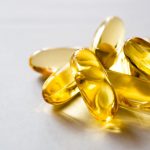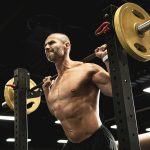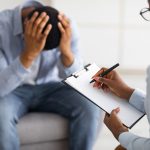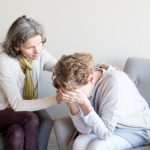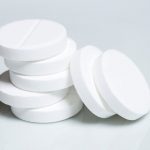
As kids and teens prepare to head back to school, parents might not have protecting their child’s lung health on the top of their to-do lists. But experts say it should be. “A new school year often means a new environment for students and staff, including new asthma triggers, exposure to new viruses, peer pressure to smoke or vape and other stressors that can impact the health of students,” said Harold Wimmer, president and CEO of the American Lung Association (ALA). “Students and staff spend a significant amount of time in school, so it is critical to their well-being and education that they are in the healthiest environment and are making the healthiest choices possible.” To that end, the ALA has created a youth initiative to help schools and caregivers address chronic lung issues like asthma, air quality and tobacco-free policies. The initiative offers information, guides and sample policies that can be implemented in schools to protect students and staff. The group is also working to educate parents, students and school officials in four key areas of lung health: Asthma: There are 6.1 million kids under the age of 18 living with asthma, a leading cause of missed school days. The ALA has in-depth resources for parents, young adults and schools on managing asthma, including a free online course for school personnel who administer asthma… read on > read on >










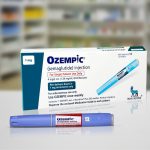
-150x150.jpg)
